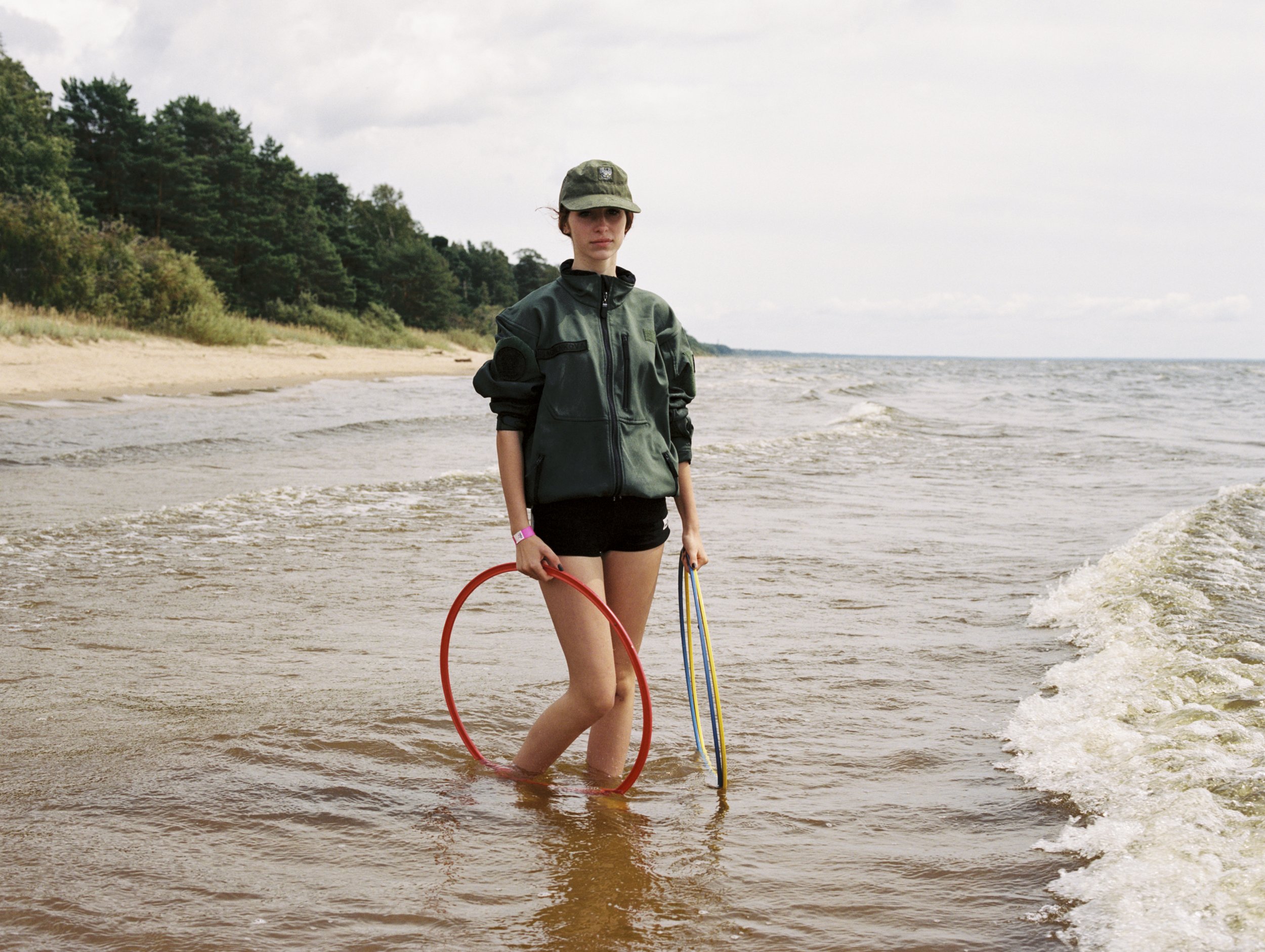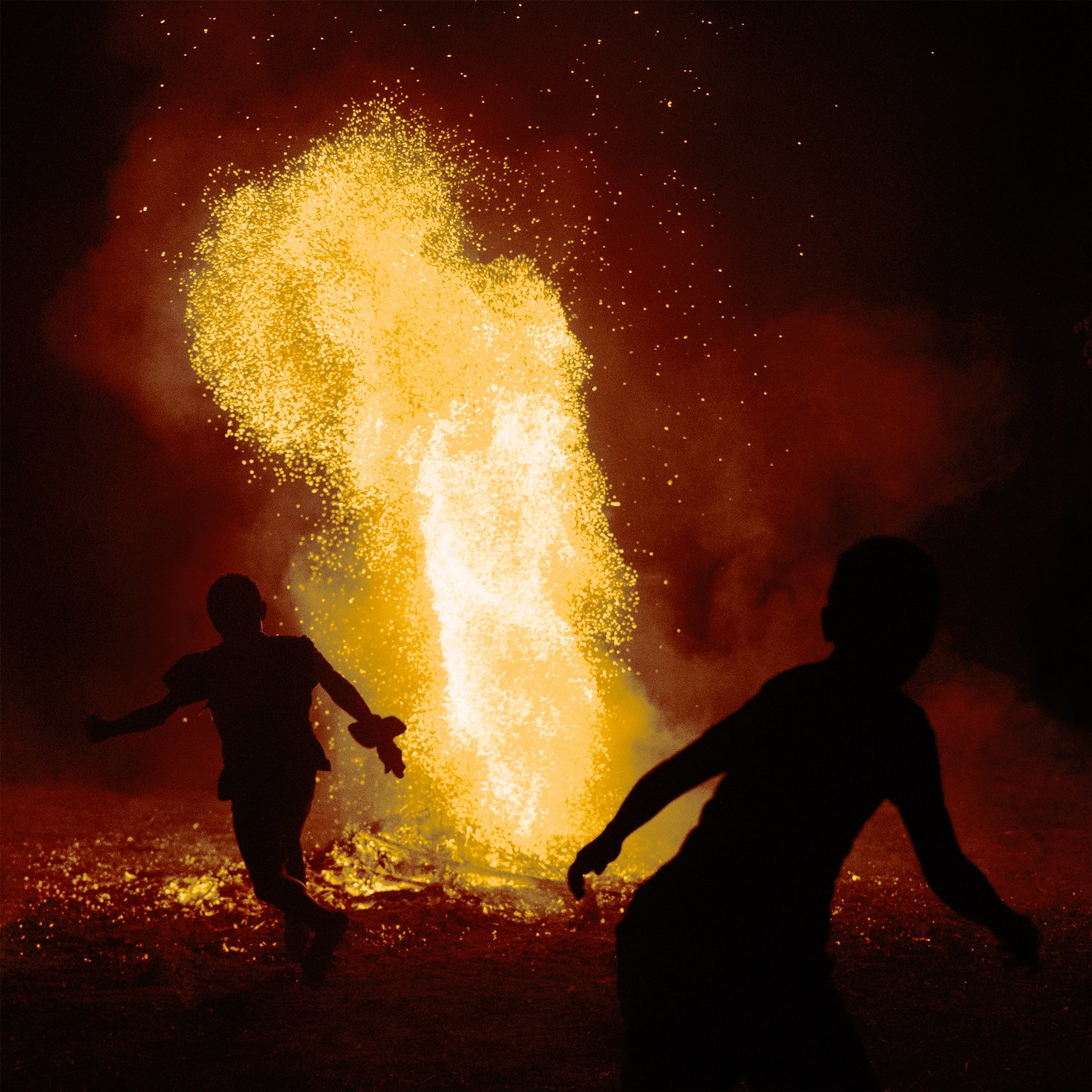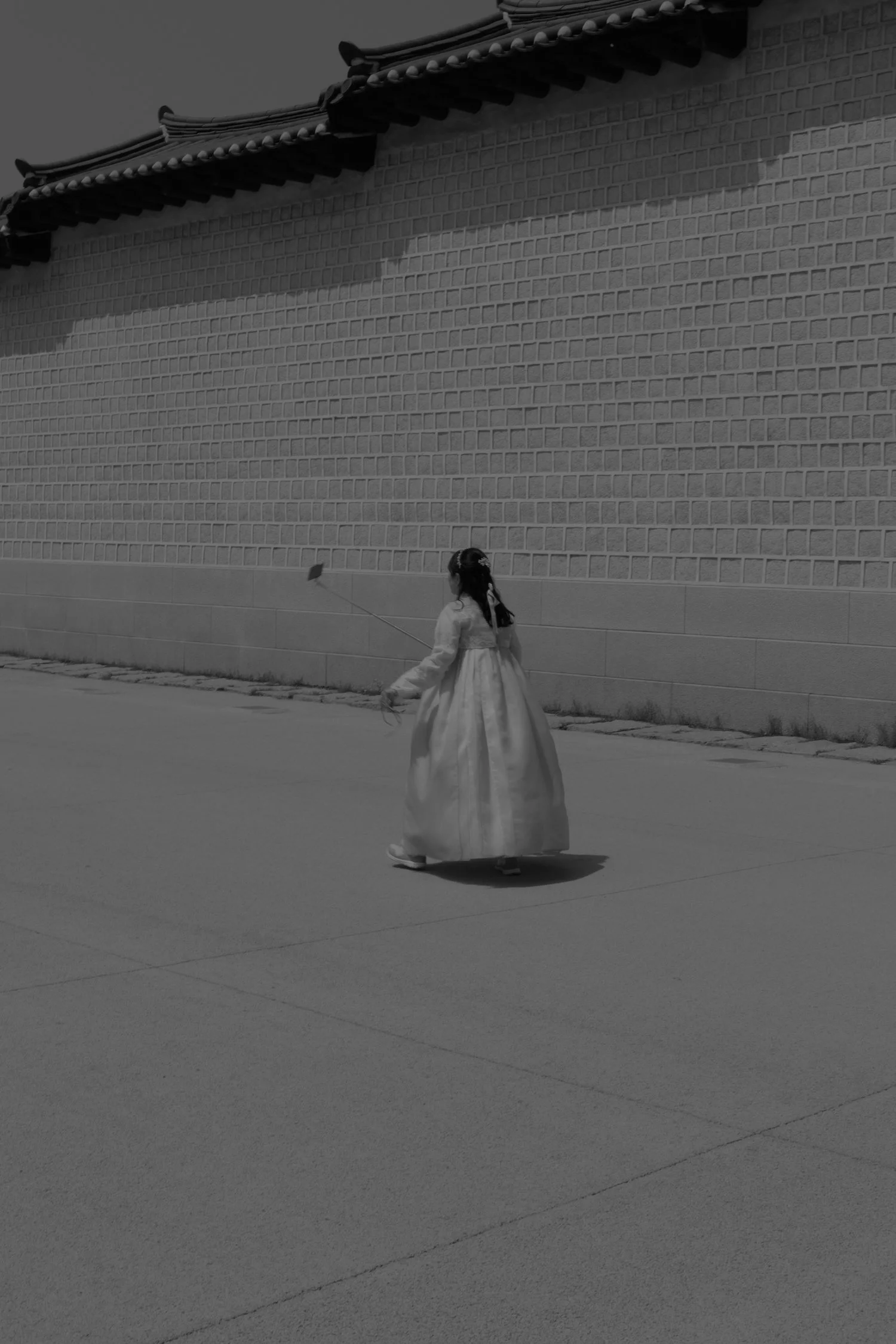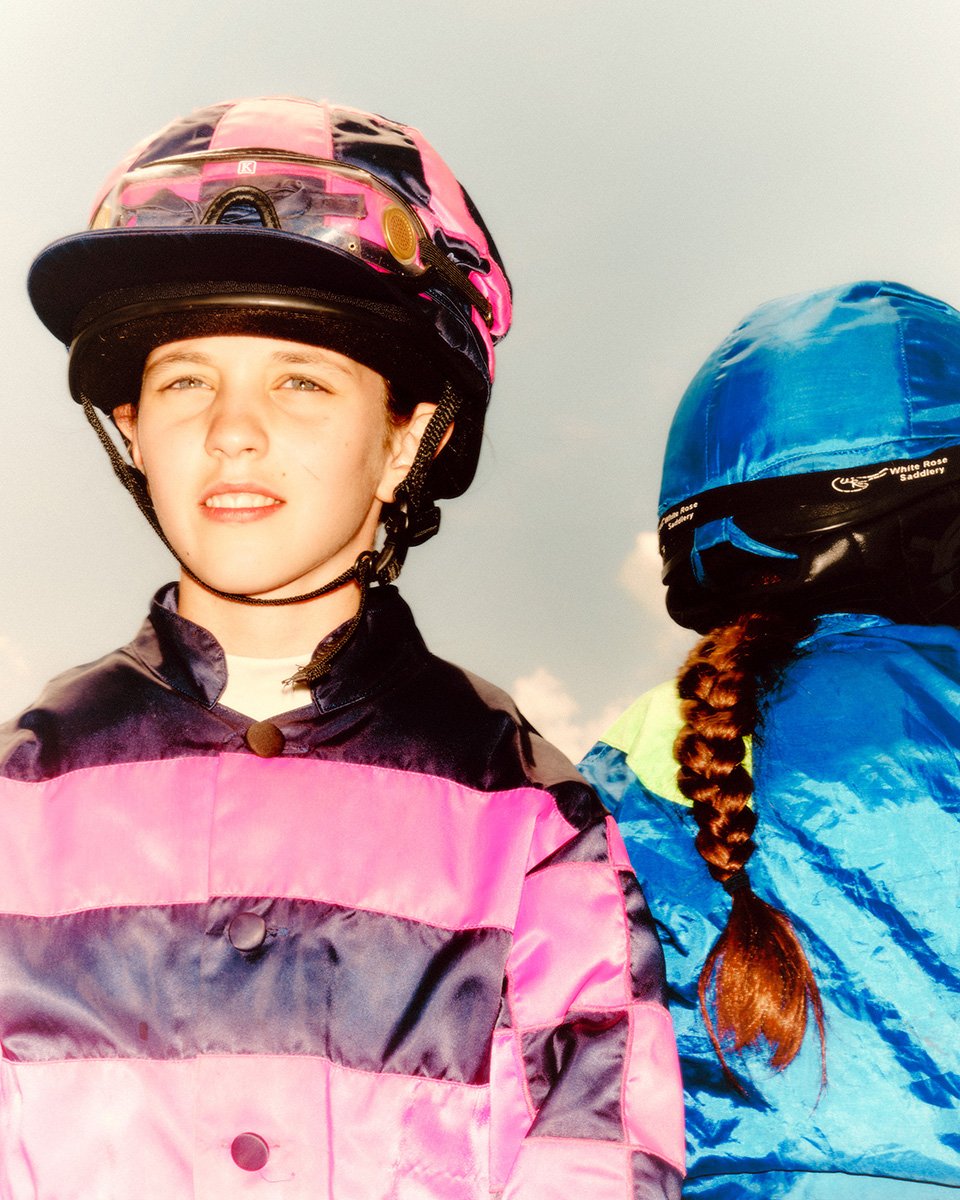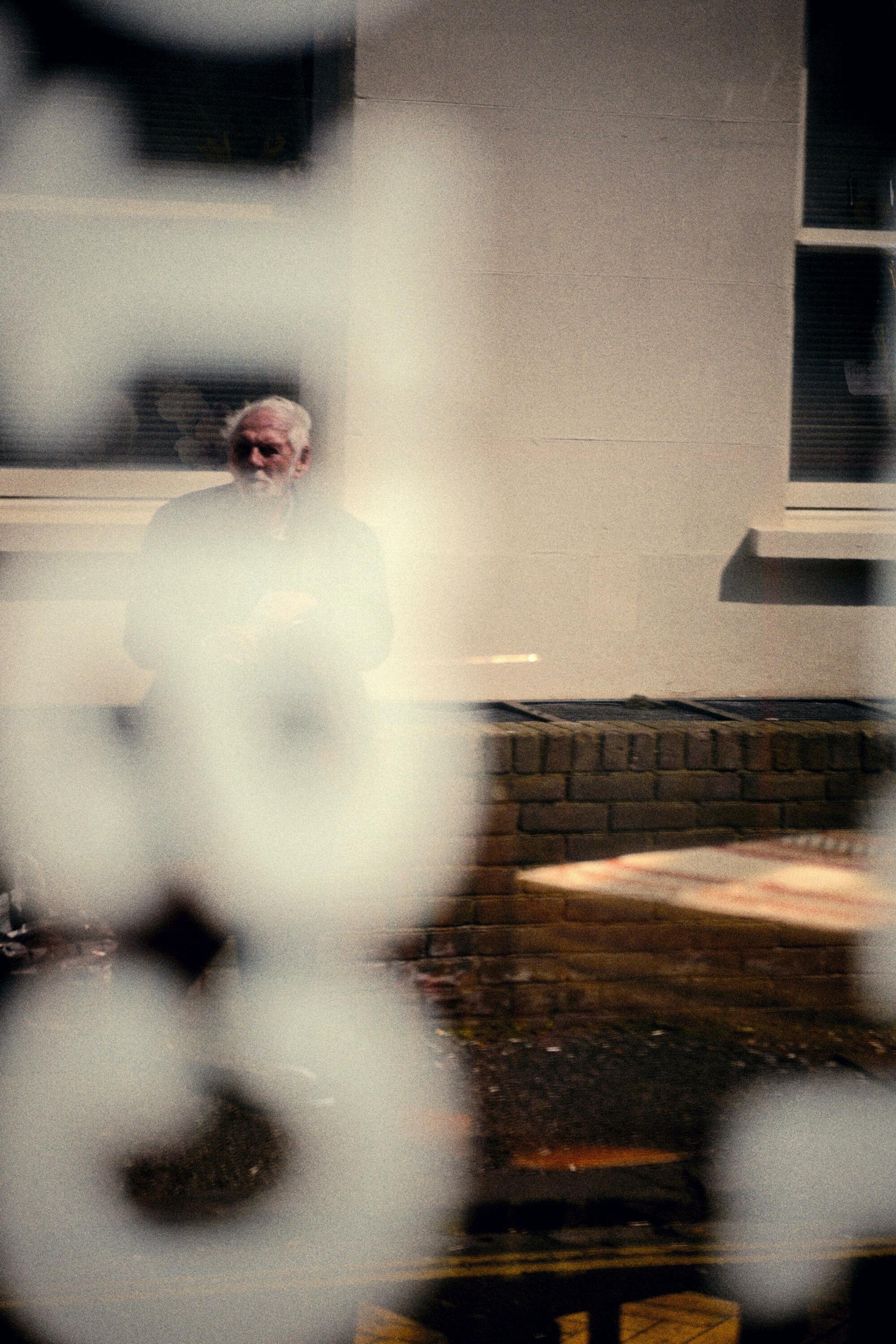Unconditionally, I love you.
In an exclusive interview, photographer Jorge Monedero talked to us about his most personal project yet – ‘Unconditionally, I love you’. While visiting his late grandmother’s flat in Spain, he found a box of old family photos. What followed was a 10-year journey tracing and documenting his ancestors until he decided this August, that he had completed the project.
Interview JC Verona Photography Jorge Monedero Hello Jorge, thank you for taking the time to speak to us about your project.
Thank YOU guys for giving me this incredible opportunity – it’s an absolute honour to be featured in your magazine.
You started ‘Unconditionally, I love you’ by finding a box filled with old photographs at your family home in Spain where you found photographs of your relatives, from when you were a baby and to back to the 1920s. What was your first impression when you found this historical archive?
I remember the moment I found the box as if it was yesterday. My grandmother had albums and then a tin box full of photographs. When I opened it, all the photographs had been put in chronological order and the first image was a family portrait about 100 years old. I had never seen it before. My grandmother aged six or eight, looking very cute with all her brothers and sisters – only one of them was still alive when I started the project. I remember I held the photograph in my hands and I knew straight away I had to do something with it – it was a gut feeling, as if my grandmother had left it there for me to do something with it. Little did I know about the journey I was about to begin.
“All the photographs had been put in chronological order and the first image was a family portrait about 100 years old.”
What moved you to start the project and tracing people?
Finding the box was such a magical moment that somehow I knew there was more to come. I brought the box back with me to London. During the first months, little by little, I made a selection of the old images and also created some moodboards to have some visual direction. Six months later, I went back to Castile and started photographing – beginning with the descendants of that very first picture I found. But then very quickly I broadened the options to photograph other people I found there, also landscapes, and some interiors. Some of the photographs in the box were of people that neither me or my family could identify; also places my grandparents had been on holiday that we couldn’t recognise.
Family, love and the power of dialogue to understand one another is the main focus of the project. How did you connect or re-connect with the descendants? Were people surprised when you explained why you were taking pictures? What kind of reactions did you get?
I reconnected with the descendants with the incredible help of my Mum and my Aunty, who called all the distant family members to let them know about the project. All of them were really happy to see me as an adult – and many had seen my work in magazines and that was a good ice-breaker when it came to setting up the first shoots. They were all very proud of me and happy to see me doing well. I have incredible memories of driving through Spain on my own and photographing 10 or 15 people a day, with all their stories and their recollections of my grandmother and of me as a child. It was very moving.
Then the project moved from a photographic journey into more of a personal journey. The photographs would then help me find something else inside of me – something I was not looking for when I started.
“The photographs would then help me find something else inside of me – something that I was not looking for when I started.”
Are you still in touch with the people you met?
Not with everyone – with the younger generation through social media. But I had some fascinating encounters in the course of the project – and now I get invited to weddings.
Did you set out a route and what was the starting point?
A certain kind of route was set for the first shoots, but then whenever I would visit this area of Castile I’d just let myself go and photograph whatever I felt like photographing, with no restrictions, no boundaries. Somehow I freed my mind about what and how I had to photograph and it became this incredible process, a mental journey of finding my roots, and with that, myself – accepting my past and accepting my life the way it is. My grandmother had left me not just a tin box full of photographs but also a hint on how to become proud of myself and with that, a better person, a much more human version of who I was until then. And I’m always going to thank her for that.
How many visits did you make during that time and when did you decide that you were done?
I went backwards and forwards photographing for six or seven years and it wasn’t until just now, in August 2022, that I felt that the project was finished. Only a few weeks ago that I visited my grandmother’s grave. It was a very hot summer day, I went to the cemetery and I touched the tombstone with my hands and thanked her. I then laid on the grave as if I was hugging her and thanked her again for that incredible gift she left for me. That personal journey of almost 10 years in which I found myself, where I belong, where I come from… I told her how much I loved her and how incredibly important she’s been in my life, not only when she was alive but even more also after her death. I cried and cried for minutes under the sun. I was all very cathartic, emotional and filled with extreme beauty that I don’t have enough words to describe. Thank you Abuela. Thank you for being so generous to me. The journey had come to an end.
Editing is such an important part of the process to tell the story and bring your vision to life. How many pictures did you take overall and how did you approach the editing process?
There’s thousands of new images, hundreds of old images from the tin box and also a few video portraits of my parents, brother, sister-in-law and nephew. The editing was done by the incredibly talented Antonio Molina-Vazquez, the curator who played a key role in this project – without him I would have been lost. When everything became too overwhelming, Antonio guided me through the editing process, and he did a brilliant job of curating the exhibition, which was held at the TJ Boulting gallery in December 2019.
“That personal journey of almost 10 years in which I found myself, where I belong, where I come from…”
For the opening exhibition you collaborated with writer Silvia Terron. Why did you decide to add text? Did you feel images weren’t enough?
Silvia is more than a collaborator – she’s the other half of the project and has been involved right from the start, since December 2013. We’ve known each other for many years and the project wouldn’t be what it is now without her. She understood all the concepts I wanted to talk about. We had many hours of talking about my feelings, my thoughts, my emotions… It was like doing therapy, I mean, it actually was therapy. She’s based in Paris and we did all the talks and writing there. Hours and hours of us in different cafés, walking around Paris, me talking and her taking notes. She’s the other half of the project and with it a very important part of my life. My gratitude towards Silvia is endless.
Where we can see ‘Unconditionally, I love you’ today?
There are five pieces of ‘Unconditionally, I Love You’ in the Senate Room at the Royal Academy in London until the 20th of November 2022. They are part of a group show called ‘At Home with Jose and Peter’ The Senate Room is a really gorgeous room which hosts Pizarro at the R.A. Restaurant. To get a full experience of the project, I’m doing lunches and artist’s talks on the 25th of September and 2nd and 9th of October. You can book yourself a place by sending me an email or a DM on Instagram. Only few places for the lunches in October now, so be quick!
What’s next for you?
I’ve been working with the concept of chosen family for the last few years – along the lines of ‘Unconditionally’, but with only the people I have chosen as my family for the last 25 years of my life. I’m blessed to know and be close to many wonderful individuals I consider my brothers and sisters and I feel the need to recognise that the chosen family is as important as the blood family. It’s the family that can lead you towards a wonderful and magical future.
Jorge Monedero photographed by Cameron McNee
About Jorge
Jorge Monedero is a leading portrait photographer. Having grown up in Madrid, he moved London to study photography at the London College of Communication and decided to stay after completing his studies. He specialises in both portraiture and fashion. His fine art photography projects have been exhibited at the TJ Boulting gallery and the Royal Academy London and is now part of several private collections.
He has travelled the world extensively and has portrayed a large array of people, actors, politicians, aristocrats, artists, models, indigenous people in Colombia, Africa and Asia. He has photographed Antonio Banderas, Princess Stephanie of Monaco, Anthony Delon, John Galliano, JW Anderson, Poppy Delevingne, Tracy Emin, Lord Snowdon, The Duke of Richmond, Claudia Schiffer and Juergen Teller. His work has been included in publications such as Esquire, The Times Magazine, The Times Luxx, The Sunday Times, The New York Times, Harper's Bazaar, Robb Report U.S, and has been a regular contributor for Vanity Fair and Vogue for the last decade.
To see more of his work, visit his website or follow him on Instagram














